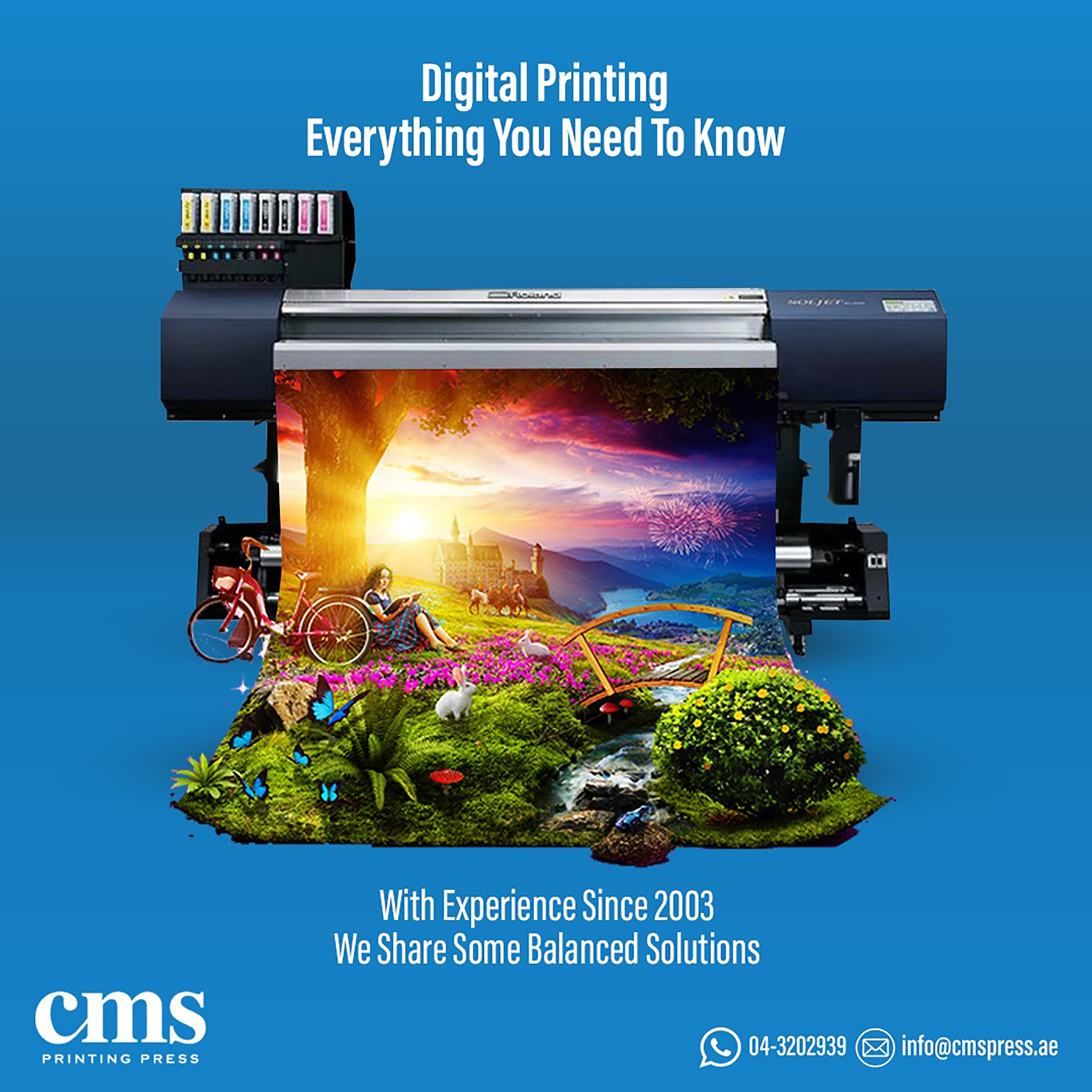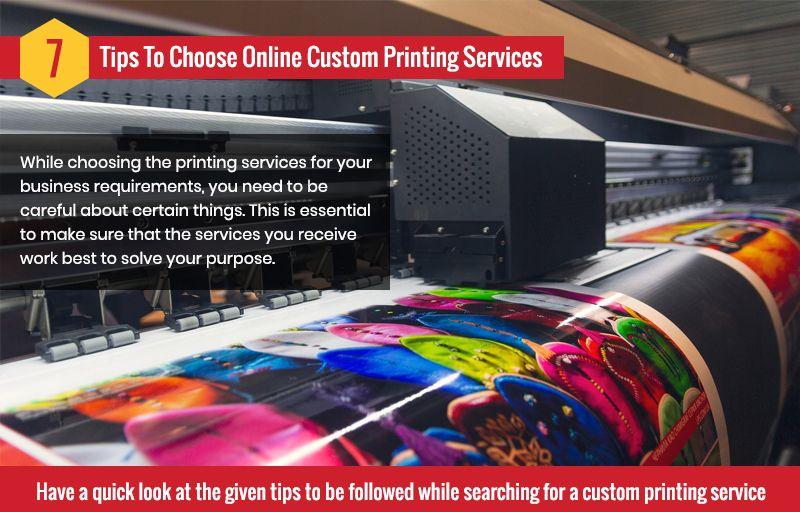Recognizing How Digital Printing Changes the Printing Industry
The printing market, long soaked in conventional approaches, is undergoing an extreme change with the arrival of digital printing. This ingenious modern technology, which eschews the requirement for publishing plates, enables fast manufacturing and customization, reshaping the landscape of print communication. With its possible to stimulate engagement through customized material and to offer sustainable services, it's clear that digital printing is even more than a technical breakthrough; it's a critical video game changer. Just how specifically does it revolutionize the industry? Allow's check out.
The Evolution of Digital Printing: A Brief Overview
Considering that its inception, digital printing has actually gone through substantial changes, consistently reinventing the printing market. With the introduction of the 90s, electronic printing innovation started to mature, and the market observed the intro of direct imaging presses, which removed the need for publishing plates. As the brand-new millennium unfolded, improvements in technology additionally stimulated the development of digital printing, leading to the development of high-speed inkjet printers.

Unpacking the Modern Technology Behind Digital Printing
Exploring the details of digital printing technology, one comes across a rich tapestry of innovative machinery and complex formulas. At the heart of this process exists a digital image, which is refined by software application that splits it right into a grid of dots. These dots are then transformed right into an electronic code. This code is translated by the printer, which utilizes it to exactly deposit droplets of ink onto the substratum. The droplets are so tiny and accurate that they create a picture that is virtually tantamount from the original. This complex system, reinforced by innovative software and high-resolution imaging, has changed the landscape of the printing industry, leading the means for unmatched degrees of detail and accuracy.

The Advantages of Digital Printing for Businesses
Recognizing the innovation behind electronic printing offers a clear image of its precision and information. For organizations, this converts right into numerous benefits. Electronic their explanation printing provides extraordinary speed, allowing companies to meet tight target dates without compromising on high quality. Next off, it decreases prices as there are no plates or physical setup, making it ideal for small-volume printing jobs. This technology provides remarkable uniformity with each print result, getting rid of variations typically seen in typical methods. Electronic printing is eco friendly, using less ink and producing less waste. The complete capacity of digital printing is understood when utilized for personalization and customization, a topic that will be covered in depth in the next section.
The Function of Digital Printing in Customization and Personalization
While standard printing techniques deal with customization and personalization, electronic printing stands out in these areas. It permits the very easy alteration of designs, without the demand for costly and time-consuming plate changes (print on demand). This makes it possible for organizations to tailor products to specific clients, conference details requirements and enhancing consumer contentment
Digital printing also permits variable information printing, where aspects such as message, graphics, and pictures might be changed from one published piece to the next, without reducing the printing procedure. This is specifically useful for direct advertising projects, where individualized messaging can substantially boost reaction rates. This way, digital printing not just transforms the printing market however additionally transforms the means businesses interact with their clients.
Evaluating the Ecological Impact of Digital Printing
Although electronic printing has actually been lauded for its duty in modification and customization, it is important to examine its ecological effect. Digital printing can be much less inefficient than conventional methods, due to the fact that it operates on a 'print on look at here demand' basis, removing the need for large print runs that can result in excess and waste. While electronic printing has many benefits, its environmental influence needs to be conscientiously taken care of.
Final thought
Finally, digital printing has actually transformed the printing sector, using rapid, cost-efficient, and premium solutions. It promotes personalization, improving client engagement, and uses a sustainable print-on-demand design. As this technology proceeds to advance, its effect on organization communication, consumer contentment, my sources and environmental sustainability ends up being increasingly profound. Recognizing these changes is vital for businesses to take advantage of the advantages of digital printing efficiently.